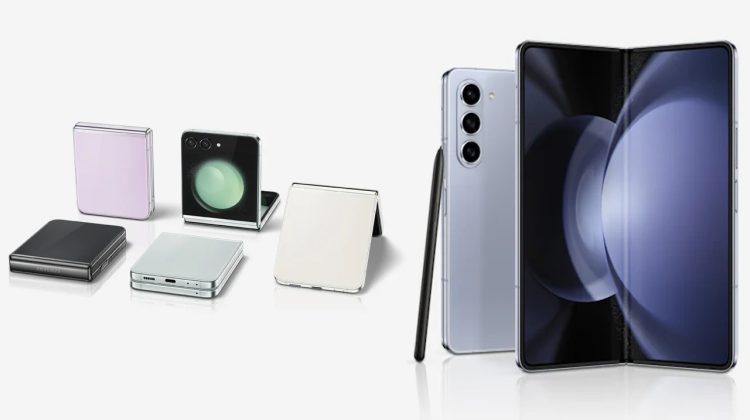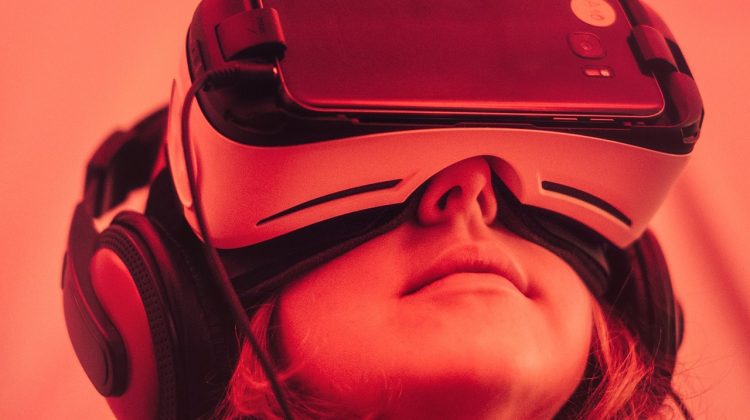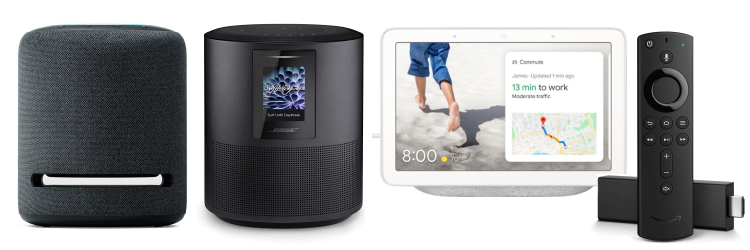Wear normal headphones or earphones, start any of the videos in the gallery here below and live a new musical experience. The name 8D gives the idea of what’s happening here. You will feel to be at the center of a swirl of sounds that moves harmoniously from ear to ear, up and down, forward and backward, like you were at the center of a stage where singers and musicians move around you in a circular pattern.
Panning
We are certainly not in front of a revolutionary technology. The effect is reached through “editing” audio tracks using panning, equalization and other audio mixing procedures. Basically, if you are familiar with the applications used in the digital music sector you can process the sound in such a way that the modified track, using the power of left and right speakers of headphones, will give the listener the feeling to be at a live show, with the sound coming not only from specific areas around him, but also moving within a 360 ° radius.
Meaning
The term 8D is a sort of hyperbole of the three-dimensional audio effect. It is not rare to come across tracks that define themselves with even higher numbers, but the substance is the same. And the concept is not new at all, in fact it is based on Ambisonics, a full-sphere surround sound format that in addition to the horizontal plane covers sound sources above and below the listener. Thanks to specific microphone configurations, it allowed the first recordings, mixes and reproductions in three-dimensional audio since the 1970s, but despite a solid technical foundation and many advantages, Ambisonics only recently has started to achieve a certain commercial success, mainly thanks to new technologies like virtual reality, 3D installations and 360 ° videos.
It is not surround
However 8D is not a surround system. The home surround systems are based on the use of multiple audio channels from speakers that surround the listener, usually at least two speakers and up to eight, plus one for bass. The technology therefore provides for sending the audio stream to a specific and predetermined range of speakers, which, based on where they are positioned, transmit the sense of sound direction to the viewer, thus exploiting sound localization that is the ability of a listener to identify the location or origin of a given sound in direction and distance. With Ambisonics it is no longer merely a question of physical sources of audio since the audio format surrounds the listener with a single fluid sound that freely flows like the soft backwash of tiny waves on a small rock in the middle of the sea.










No Comment